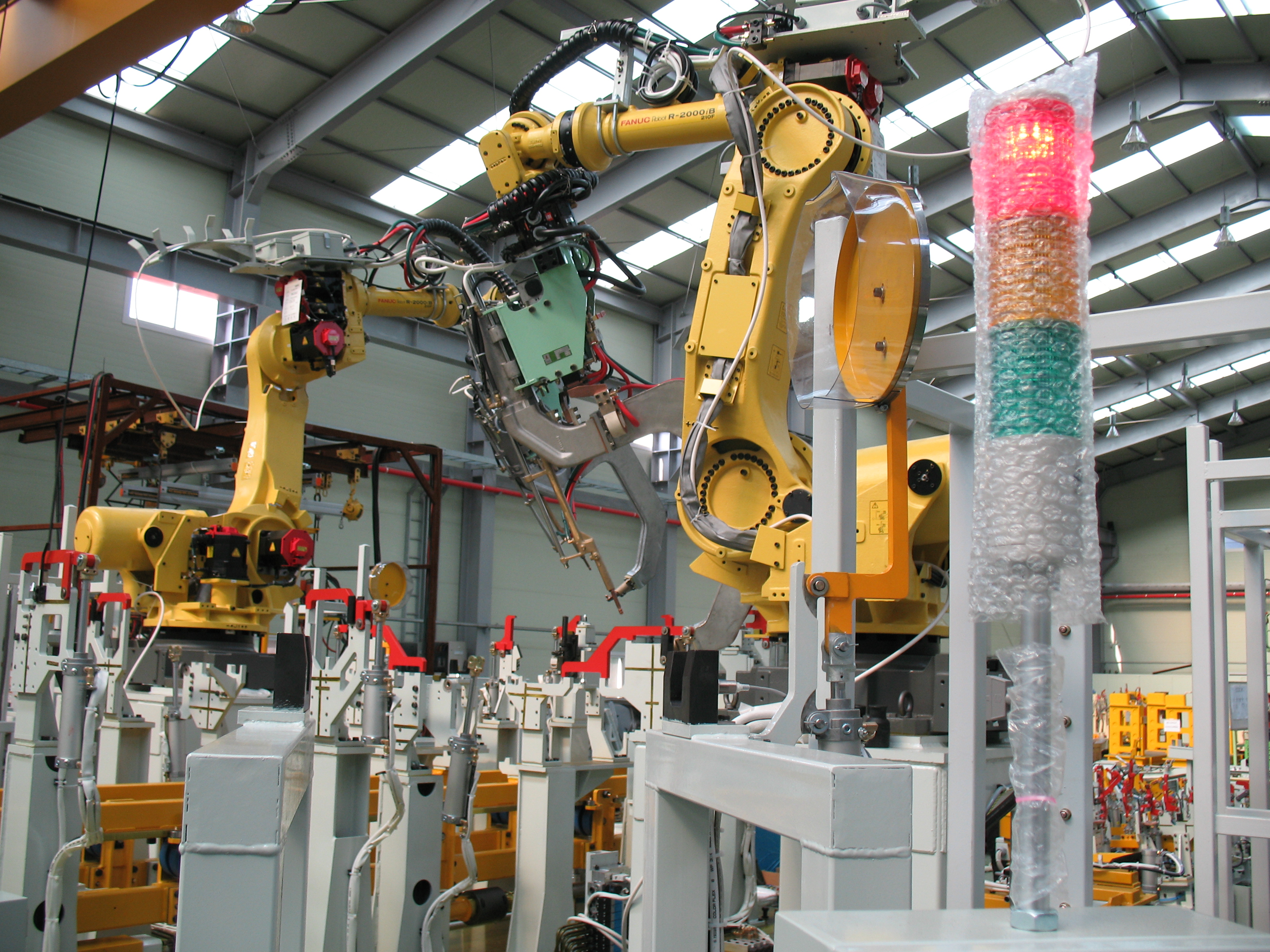| from http://thebluediamondgallery.com/c/communication.html |
I started to just write this up on a Google+ post, but it was getting rather long for that.
Now notice the sentence I just wrote before this one. It is true and relevant; however, that is not the only reason I put it in. The same goes for the sentence just before this one. Both the sentences featured two independent clauses put together. In one, they were joined by the coordination conjunction"but" after a comma. In the other, they were joined by the adverbial conjunction "however" with a comma that was placed after a semi-colon. Both "but" and "however" serve to join the two parts of the sentence in a way that signals the relationship of the first part to the second part.
And now on to what I'm referring to. it's Blogspot's "The Ultimate List of Words That Sell." Some points are fine and well known, like focusing on the reader/potential customer rather than the seller. But some attempts to turn language around are really absurd. For example:
3) And This is a clever replacement for "but" when dealing with criticisms or objections. The word "but" signals to the prospect that you are about to utter a statement that runs counter to what they'd like to hear. "And" by its very nature is inclusive -- you seem to agree even when you're disagreeing. Consider these two examples from Sales Coach Seamus Brown:
"I see that you only have a budget of $50,000, but let me tell you why our system costs $100,000."
"I see that you only have a budget of $50,000, and let me tell you why our system costs $100,000."
Brown points out that the second sentence acknowledges the prospect's budget, while the first steamrolls over the problem and makes the buyer feel ignored. However, she fails to understand how conjunctions connote different meanings.
Simply linking two contradictory points with the coordinating conjunction "and" does not make the contradiction go away. Using "and," the least specific of linkage words simply makes the sentence weaker. It actually indicates you're just paying lip service to the concerns of the buyer without working out a solution. A much better way to approach the problem is to make an actual selling point here. "I understand that you have set a budget of $50,000 and so would think that our $100,000 system is beyond your reach. But that's not the case because of our flexible payment terms/guaranteed savings/whatever."
Another strikingly stupid example offered in this article is this one:
12) Because
Ellen Langer, a social psychologist and professor at Harvard University, conducted a study where she tested the impact of phrasing on people's willingness to let someone cut them in line. Here are the variations she used:
"Excuse me, I have five pages. May I use the Xerox machine?"
"Excuse me, I have five pages. May I use the Xerox machine because I have to make some copies?"
"Excuse me, I have five pages. May I use the Xerox machine because I'm in a rush?"
While only 70% agreed to let her cut in line when she used the first question, upwards of 90% let her skip when she used either the second and third phrasings. The takeaway? When asking people to do something, always include a reason. Don't just request that your prospect introduce you to another stakeholder or fill out a survey -- explain why you'd like them to take these actions.I can get the rush reason a bit for those who have sympathetic coworkers around, but explaining you want to use the Xerox machine because you need to make copies is absolutely ridiculous. What else would you be using it for -- to make coffee? Really, if I were on that line, I'd be completely turned off by someone trying to cut ahead of me for that because we're all waiting to use the Xerox machine to make copies.
Last and maybe least, in this case, is this:
13) Opportunity
Problems are bound to crop up in the sales process, but that doesn't mean you should acknowledge them as such. The word "problem" has a negative connotation, and can make the prospect feel as if the process is difficult and unpleasant. With this in mind, replace it with more positive words. Instead of saying "no problem," for example, say, "it's my pleasure." "I understand the problem" can become "I see an opportunity to make this run more smoothly.
Perhaps the writer doesn't normally get calls from recruiters. "Opportunity" is their word of choice for job possibilities. That's what most people would associate with it. But this section isn't even about using the word "opportunity," despite the heading. Rather it is about avoiding saying the word "problem," even "no problem."
This is absurd. No one walks away from hearing "no problem" with a negative association unless they are sticklers for saying a more old-fashioned "thank you." Now if the question is about using the word in connection to actual problems, I say, you're better off calling a spade a spade and then offering a real solution because that's what business deals are really all about: finding solutions to problems. There is no progress made by ignoring problems, sweeping them under the rug, or referring them through some ridiculous euphemism in order to try to mitigate their impact. The best selling point for any business offer is to identify the real problem the potential customer is struggling with and to offer a solution that will fix it. Unfortunately, this article will not work as a solution to communication problems.
Related post: http://writewaypro.blogspot.com/2015/08/3-signs-youre-doing-social-media-wrong.html#gpluscomments
and
http://level343.com/2012/08/30/key-questions-for-content-marketing/














.jpg)


